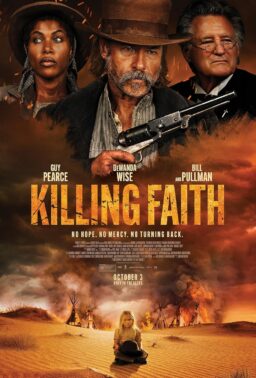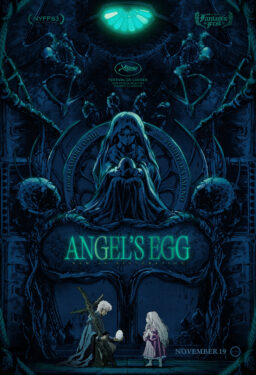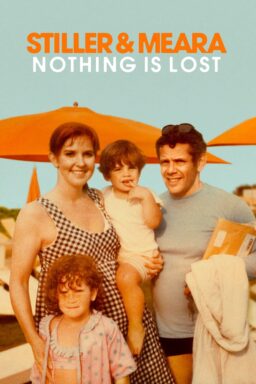“Everything Fred did, I did backwards.”
That is the most famous line attributed to Ginger Rogers, quoted in almost every article about her. Whether she ever really said it or not, it was true: She was the partner for the best dancer in the movies, in his best films, and she not only mirrored his every step, she did it in high heels.
Miss Rogers, who died of natural causes in her California home Tuesday at age 83, was in her heyday one of the best-loved of the great Hollywood stars, not only by the public, but by her co-workers, who found her refreshingly down to earth compared with the prima donnas of the studio system. Her earthiness may have been just what the Astaire-Rogers team needed; Fred Astaire was so polished and suave, he hardly seemed mortal, and the wisecrack at the time was, “She gives him sex appeal, and he gives her class.”
Together, in the ’30s, they made 10 musicals for RKO that are generally agreed to be the high point of screen dancing. Their two best films were probably “Top Hat” (1935) and “Swing Time” (1936); other titles included their first partnership in “Flying Down to Rio” (1933), “Shall We Dance?” (1937) and “The Story of Vernon and Irene Castle” (1939). Then they didn’t work again together until “The Barkleys of Broadway” (1949), their last film together.
Their films were mostly in black and white, which emphasized the elegant lines of their costumes and movements, and Astaire insisted that their dance numbers be filmed in extended full-length shots, so that you could see that they were really dancing. He didn’t believe in cutaways to smiling closeups, and his approach made long, arduous rehearsals necessary: They couldn’t do a few steps at a time, but had to perform the whole number perfectly.
“We weren’t born Siamese twins,” Miss Rogers once told Variety, “but sometimes you’d think we were. Everywhere I went, people would ask, ‘Where’s Fred?’ ” But she was a movie star long before she teamed with Astaire. Coached by her mother, Lela, who raised her as a disciplined, clean-living Christian Scientist, she headlined on Broadway in the 1920s and made 19 movies before her first with Astaire. After their partnership ended, she won the best actress Academy Award for “Kitty Foyle” (1940), and by 1945 was Hollywood’s highest-paid actress.
Miss Rogers was a trouper who kept working even after the starring roles were no longer offered. She made 73 movies in all, appeared on countless TV shows, and in the 1960s starred in “Hello, Dolly!” on Broadway, replacing Carol Channing, and toured in her own stage show. She was showered with countless awards, although a 1992 tribute to her at the Kennedy Center was marred when Astaire’s widow, Robin, refused to grant permission for any of her scenes with Fred to be shown. “I’ve got lots of others,” she said.
Miss Rogers was raised and trained in the golden age of Hollywood studios, and played her starring role to the end. I remember meeting her at the 1983 Montreal Film Festival, where her arrival was delayed after she sent back a limousine because it didn’t match her costume and luggage.
The big movie dance star that year was John Travolta, who had followed his hit “Saturday Night Fever” with a sequel, “Staying Alive,” which had just been released. In the movie, one dance scene is done with smoke from dry ice covering the floor, concealing the dancing feet. “Huh!” Miss Rogers said. “The kids today, they think they can dance with their faces.”











